Tired of acne scars that seem etched in time? Frustrated by the uneven texture of your skin? You’re not alone. Millions seek solutions to minimize the appearance of these reminders of past breakouts. While various treatments exist, one often-overlooked yet highly effective option is subcision.
So, what exactly is subcision? Imagine the tethered roots of a stubborn weed. Similarly, some types of scars, particularly depressed or rolling acne scars, are anchored beneath the skin’s surface by fibrous bands. These bands pull down on the epidermis, creating that characteristic pitted or undulating appearance.
Subcision is a minimally invasive surgical technique that directly addresses this underlying issue. Using a small needle, a dermatologist or cosmetic surgeon meticulously releases these fibrous bands. Think of it as carefully snipping those stubborn roots. This release allows the skin to lift and regain its natural contour, resulting in a smoother, more even complexion.
How Does It Work Its Magic?
The benefits of subcision are twofold:
- Physical Release: By severing the tethering bands, the depressed scar tissue is freed, allowing it to rise to the level of the surrounding skin.
- Stimulation of Collagen: The micro-trauma caused by the needle stimulates the body’s natural healing response. This triggers the production of new collagen, a vital protein that provides structural support and elasticity to the skin. Over time, this new collagen further improves the texture and appearance of the treated area.
What Types of Scars Benefit from Subcision?
Subcision is particularly effective for treating:
- Rolling scars: These are characterized by gentle, wavelike depressions across the skin.
- Boxcar scars: These are wider, sharply defined depressions with vertical edges.
- Some depressed surgical or traumatic scars: As long as the underlying tethering is present.
It’s generally less effective for ice pick scars, which are narrow, deep and pit-like.
What to Expect during and after the Procedure
Typically performed under local anesthesia, subcision involves the insertion of a small needle through a tiny entry point in the skin. The practitioner then manipulates the needle beneath the scar to break the fibrous bands. You might feel a mild pressure or a “scratching” sensation. The number of entry points and the duration of the procedure depend on the extent and location of the scarring.
Immediately after subcision, it’s common to experience some swelling, bruising and tenderness in the treated area. These side effects usually subside within a few days to a couple of weeks. Your practitioner will provide specific aftercare instructions, which may include applying ice packs, avoiding strenuous activity and protecting the area from sun exposure.
The Results and the Journey
While some improvement may be noticeable shortly after the swelling subsides, the full benefits of subcision often become apparent over several weeks to months as new collagen forms. Multiple treatment sessions may be recommended for optimal results, especially for more severe scarring.
Is Subcision Right for You?
If you’re bothered by depressed acne scars and are looking for a treatment that addresses the underlying structural issues, subcision could be a game-changer. However, it’s crucial to consult with a qualified dermatologist or cosmetic surgeon to determine if it’s the most appropriate option for your specific skin type and scar characteristics. They can assess your scars, discuss your goals and explain the potential risks and benefits of the procedure.
Subcision offers a promising approach to achieving smoother, more confident skin by tackling the root cause of depressed scars. By releasing the tethering bands and stimulating collagen production, it can help you finally break free from the visible reminders of past breakouts.

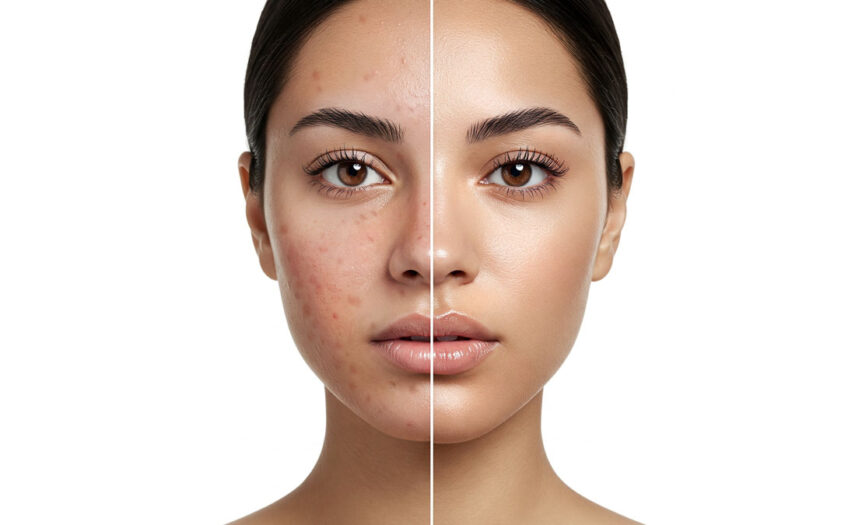








 Deering Estate
Deering Estate
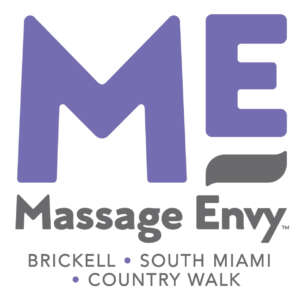 Massage Envy South Miami
Massage Envy South Miami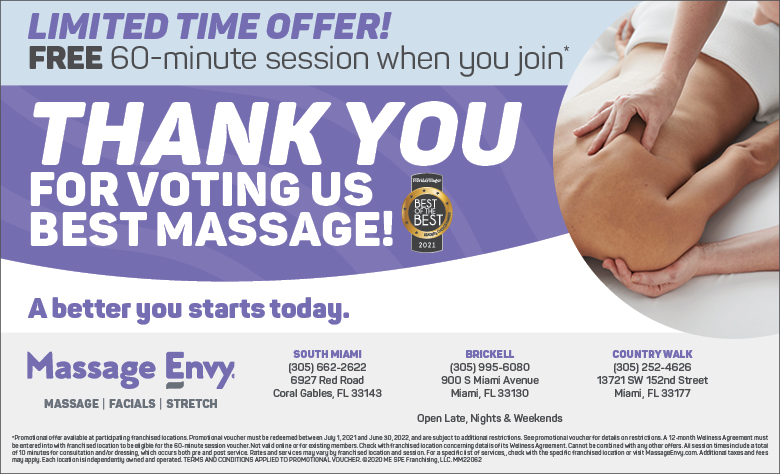
 Calla Blow Dry
Calla Blow Dry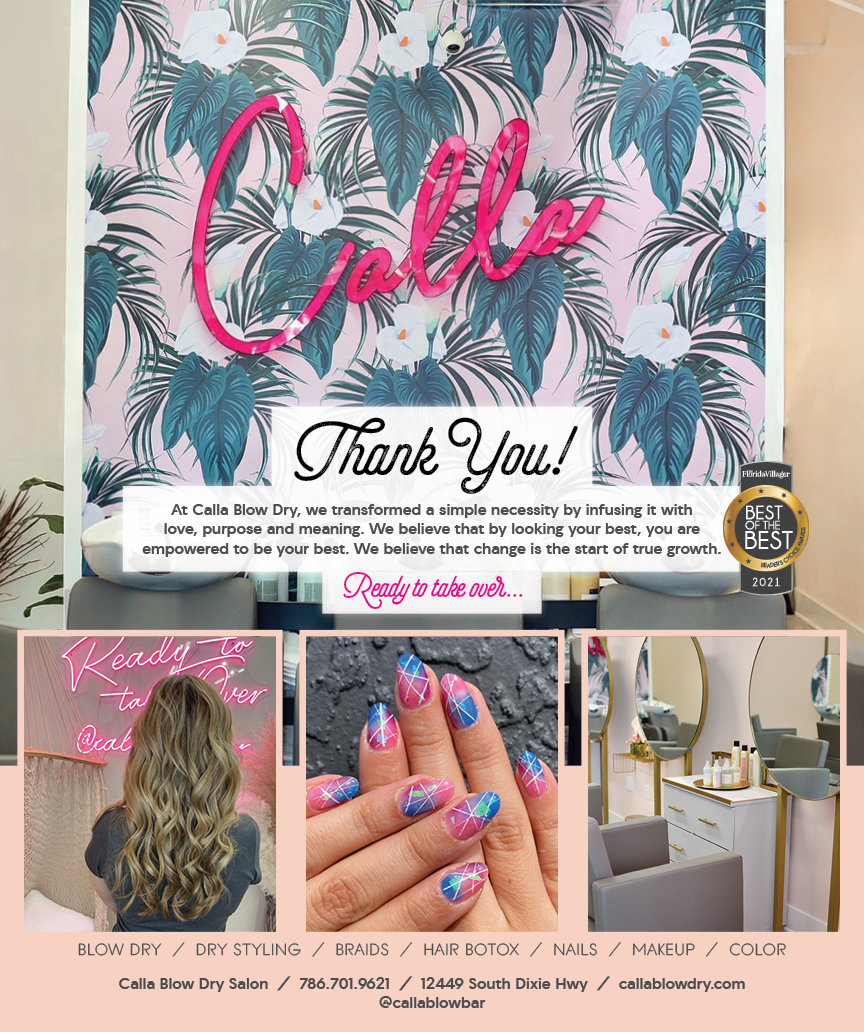
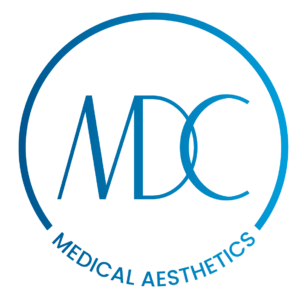 My Derma Clinic
My Derma Clinic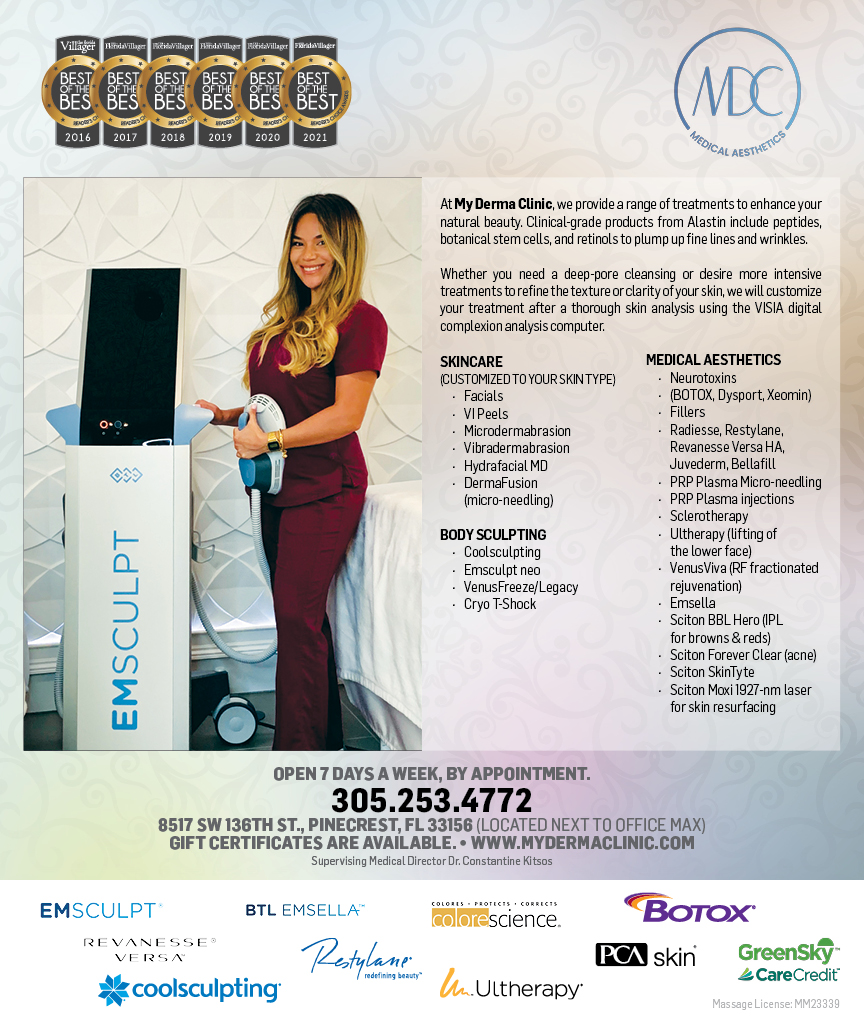
 Sushi Maki
Sushi Maki
 Sports Grill
Sports Grill
 The Healthy Kitchen
The Healthy Kitchen
 Golden Rule Seafood
Golden Rule Seafood
 Malanga Cuban Café
Malanga Cuban Café

 Kathleen Ballard
Kathleen Ballard
 Panter, Panter & Sampedro
Panter, Panter & Sampedro
 Vintage Liquors
Vintage Liquors
 The Dog from Ipanema
The Dog from Ipanema
 Rubinstein Family Chiropractic
Rubinstein Family Chiropractic
 Your Pet’s Best
Your Pet’s Best
 Indigo Republic
Indigo Republic

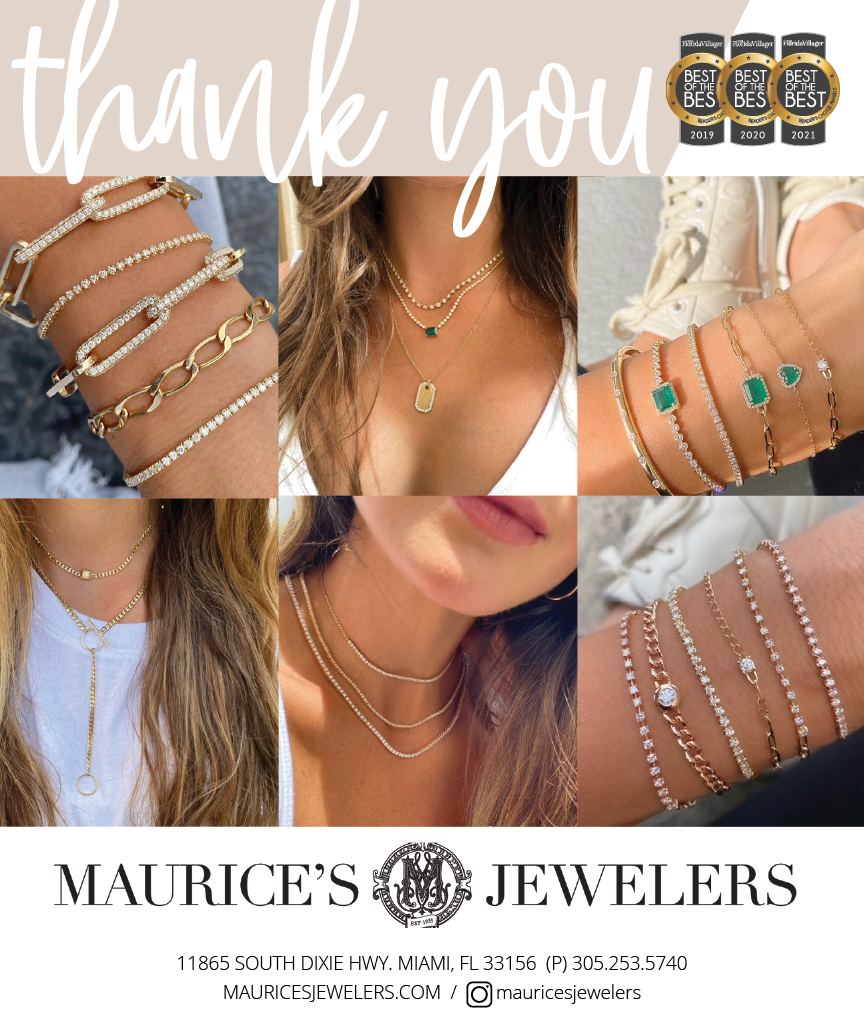

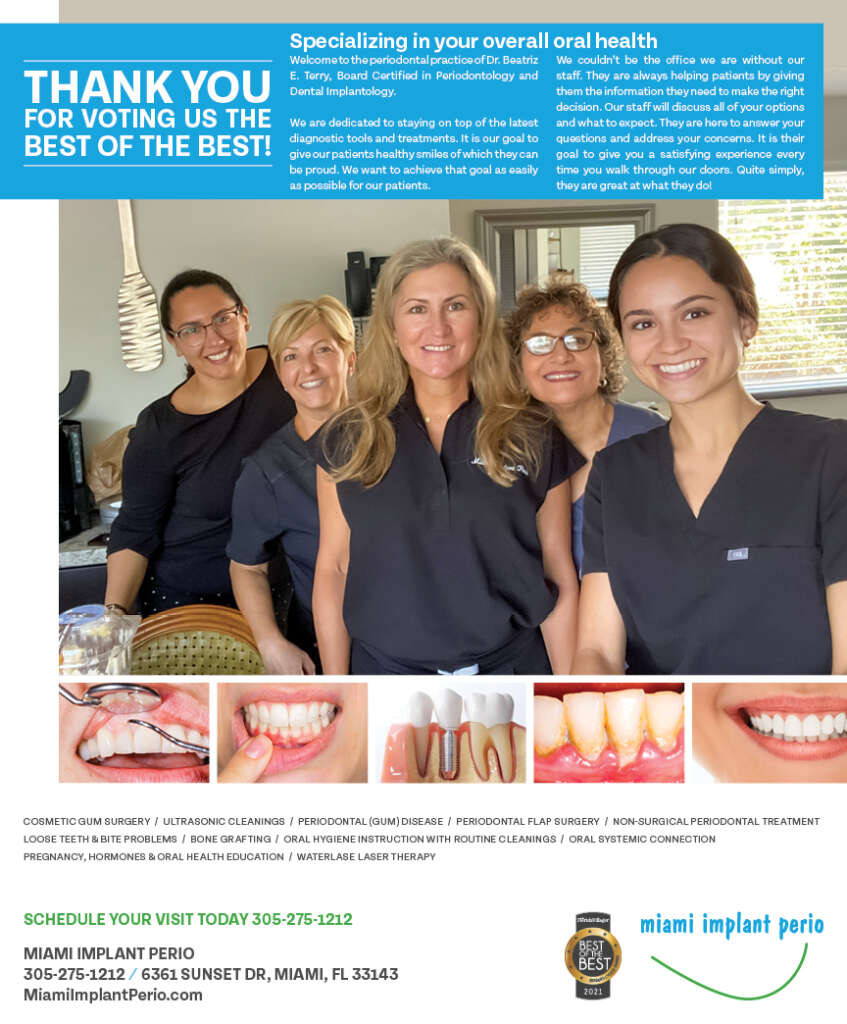
 ATR Luxury Homes
ATR Luxury Homes
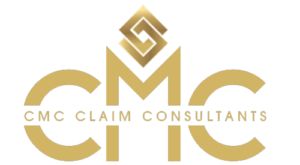
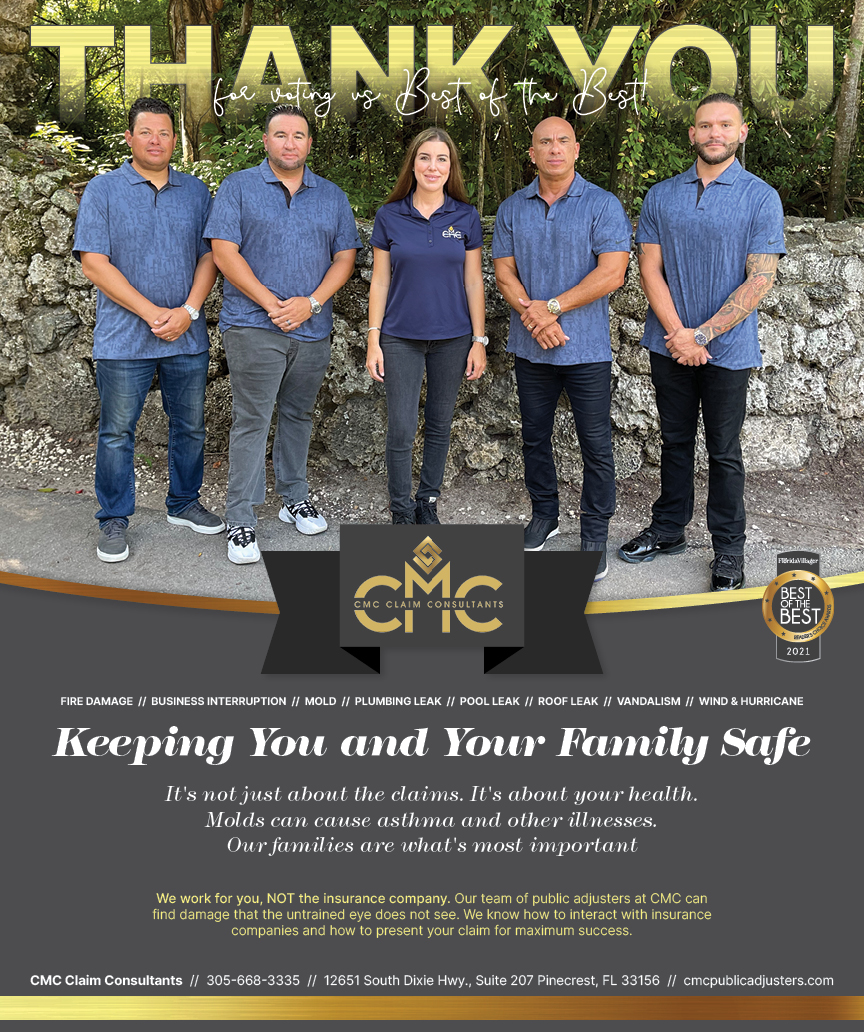
 2112 Design Studio
2112 Design Studio
 Hamilton Fox & Company
Hamilton Fox & Company
 Creative Design Services
Creative Design Services
 Best Pest Professionals
Best Pest Professionals
 HD Tree Services
HD Tree Services
 Trinity Air Conditioning Company
Trinity Air Conditioning Company
 Cisca Construction & Development
Cisca Construction & Development
 Mosquito Joe
Mosquito Joe
 Cutler Bay Solar Solutions
Cutler Bay Solar Solutions


 Miami Royal Ballet & Dance
Miami Royal Ballet & Dance
 Christopher Columbus
Christopher Columbus
 Pineview Preschools
Pineview Preschools
 Westminster
Westminster
 Carrollton
Carrollton
 Lil’ Jungle
Lil’ Jungle
 Frost Science Museum
Frost Science Museum
 Palmer Trinity School
Palmer Trinity School
 South Florida Music
South Florida Music
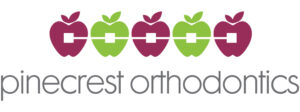 Pinecrest Orthodontics
Pinecrest Orthodontics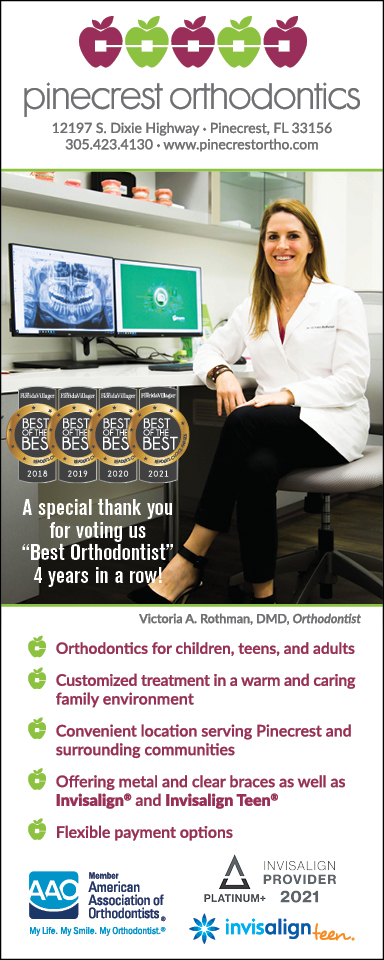
 Dr. Bob Pediatric Dentist
Dr. Bob Pediatric Dentist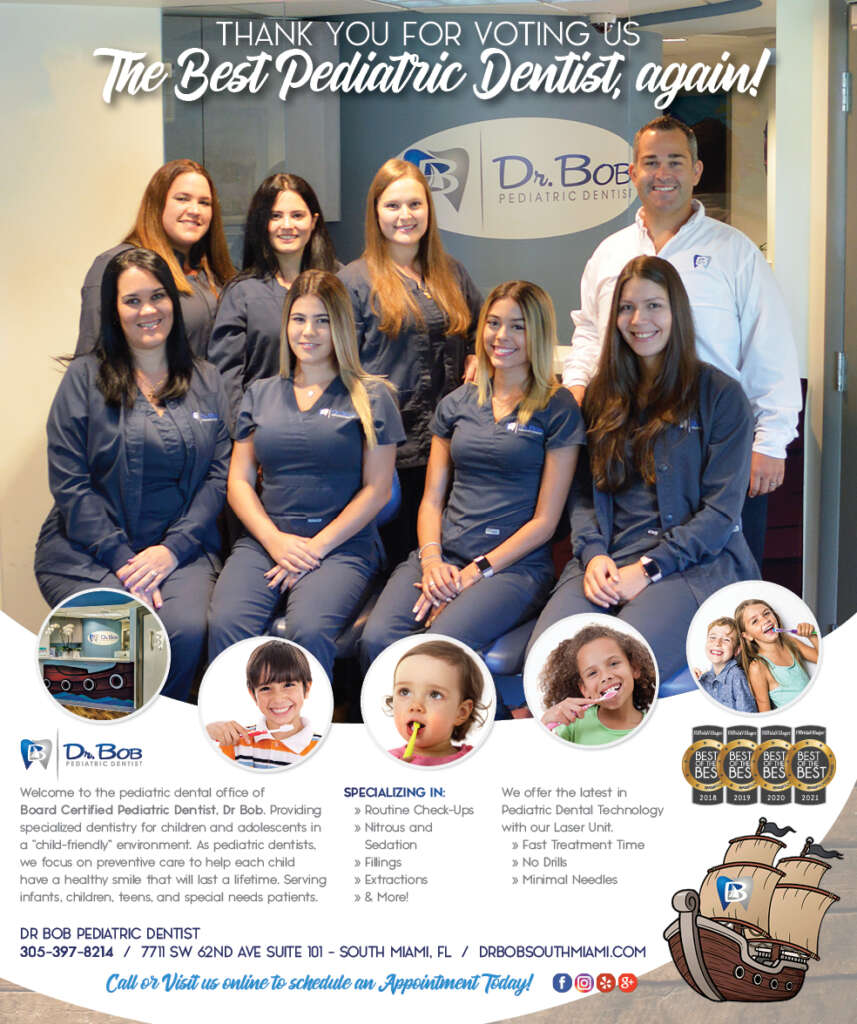
 d.pediatrics
d.pediatrics
 South Miami Women’s Health
South Miami Women’s Health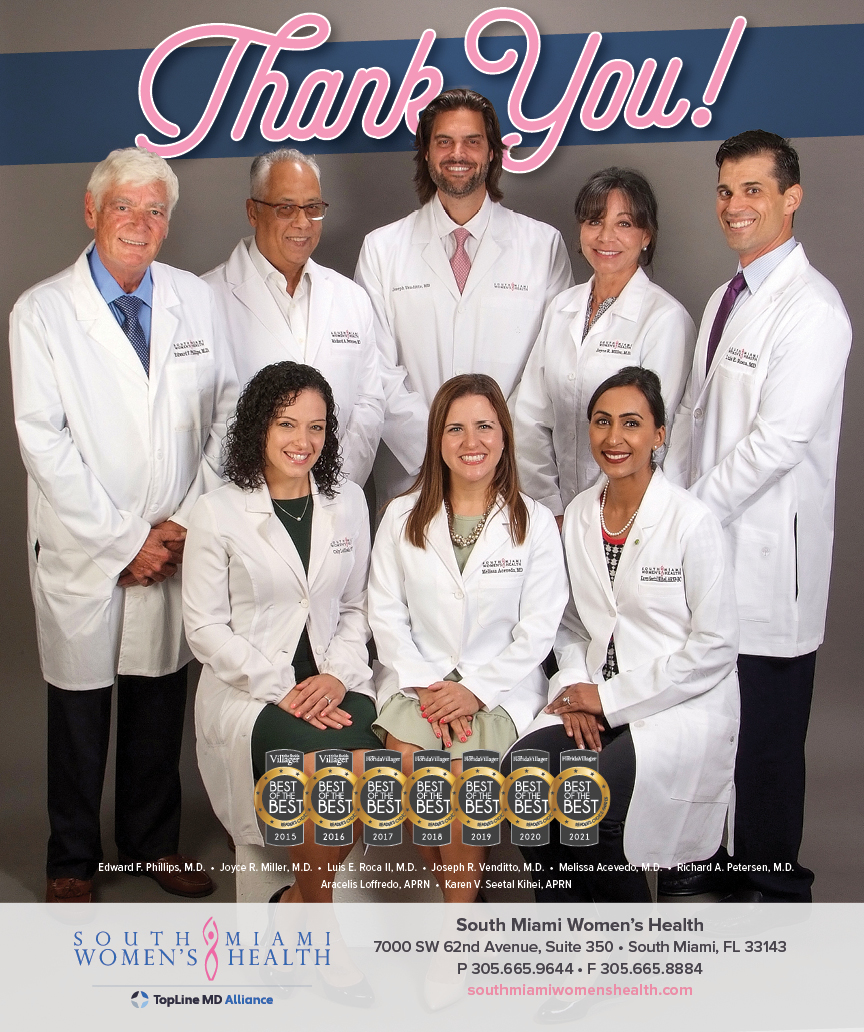

 The Spot Barbershop
The Spot Barbershop
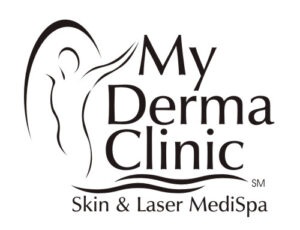 My Derma Clinic
My Derma Clinic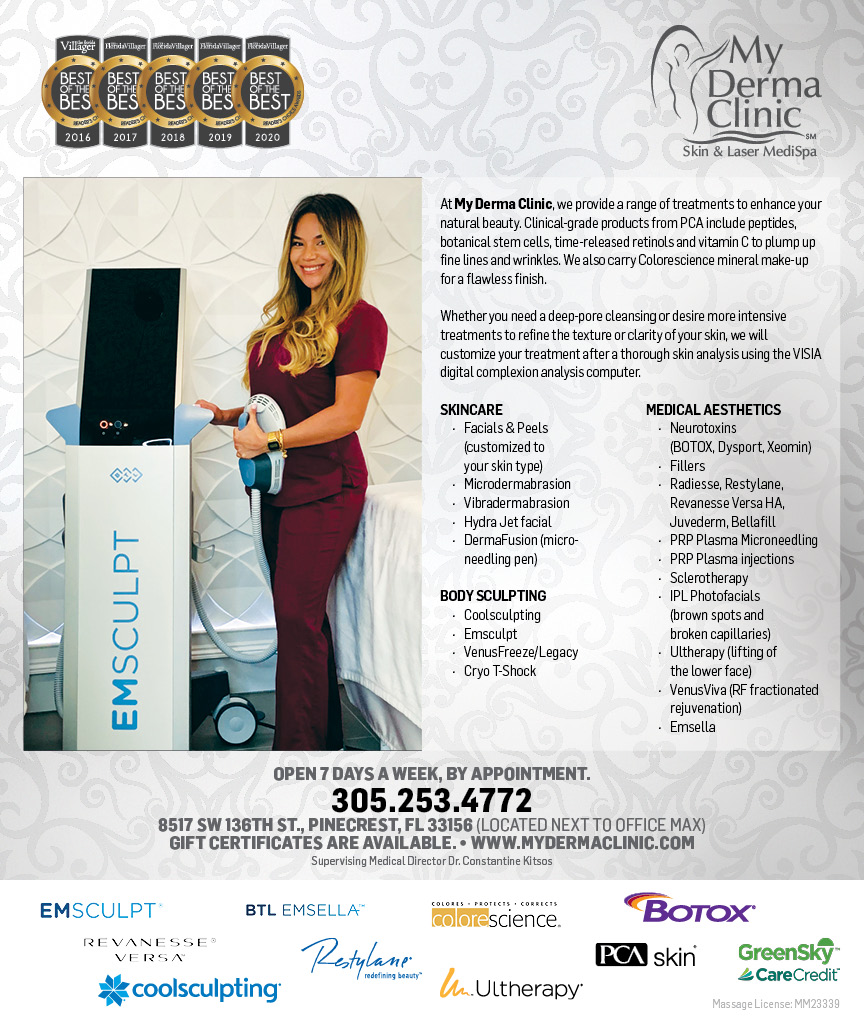




 Miami Dance Project
Miami Dance Project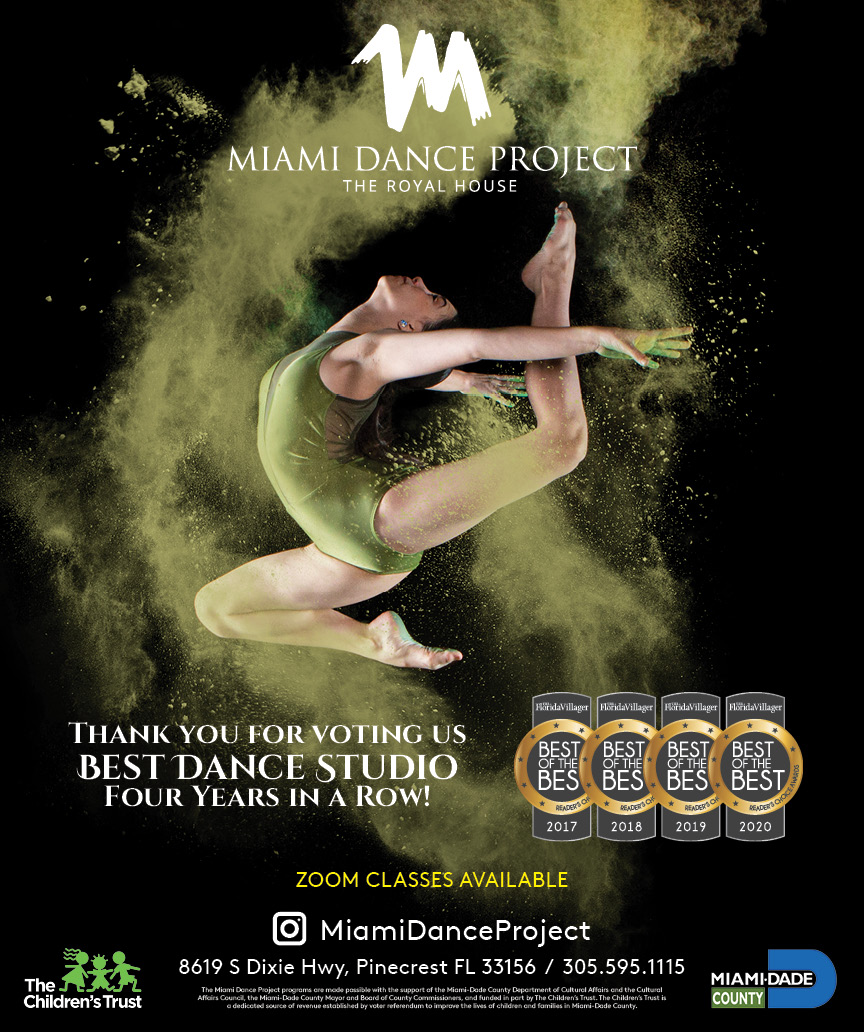
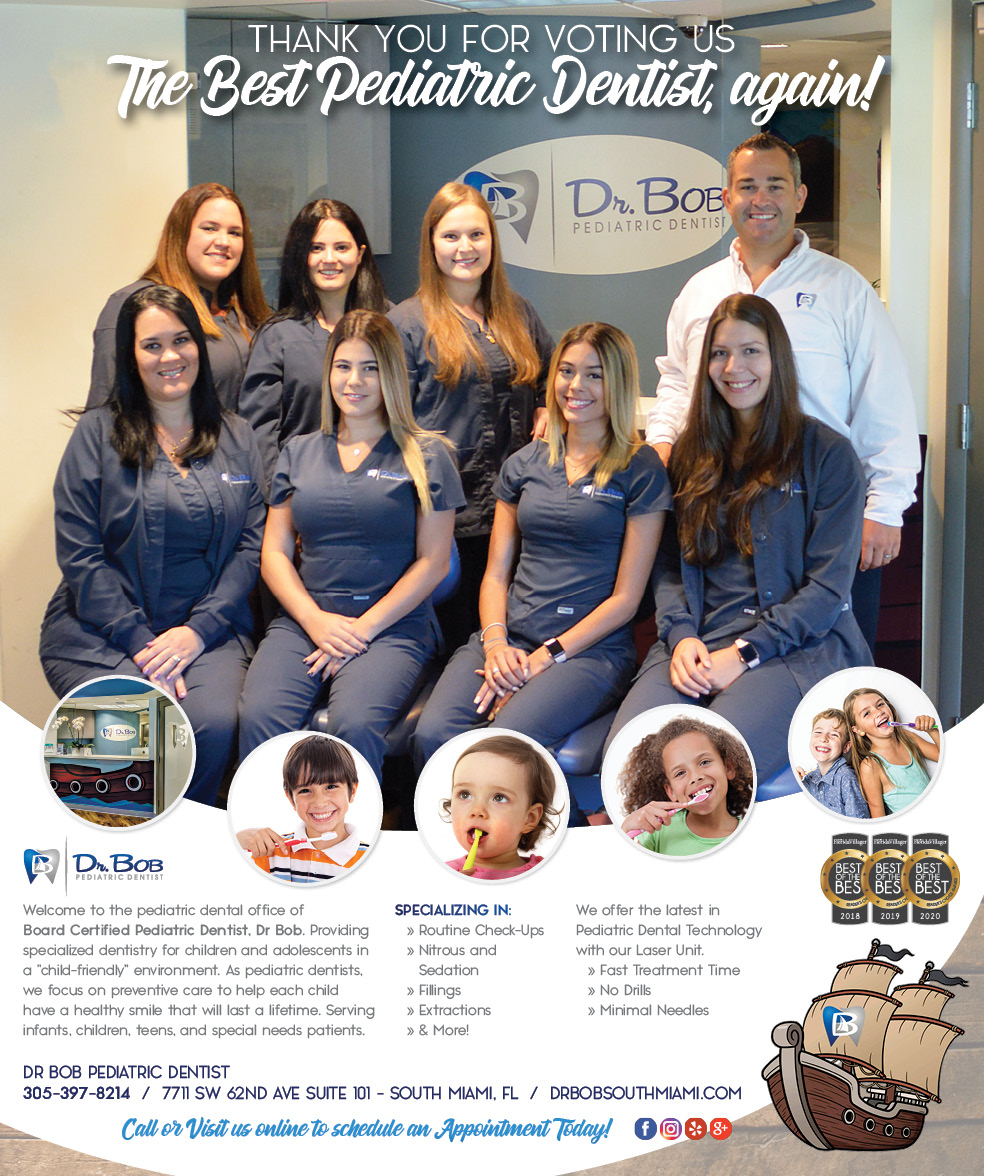
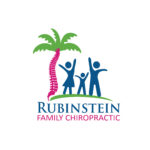 Rubinstein Family Chiropractic
Rubinstein Family Chiropractic
 Indigo Republic
Indigo Republic

 Safes Universe
Safes Universe
 Vintage Liquors
Vintage Liquors
 Evenings Delight
Evenings Delight





 Atchana’s Homegrown Thai
Atchana’s Homegrown Thai
 Baptist Health South Florida
Baptist Health South Florida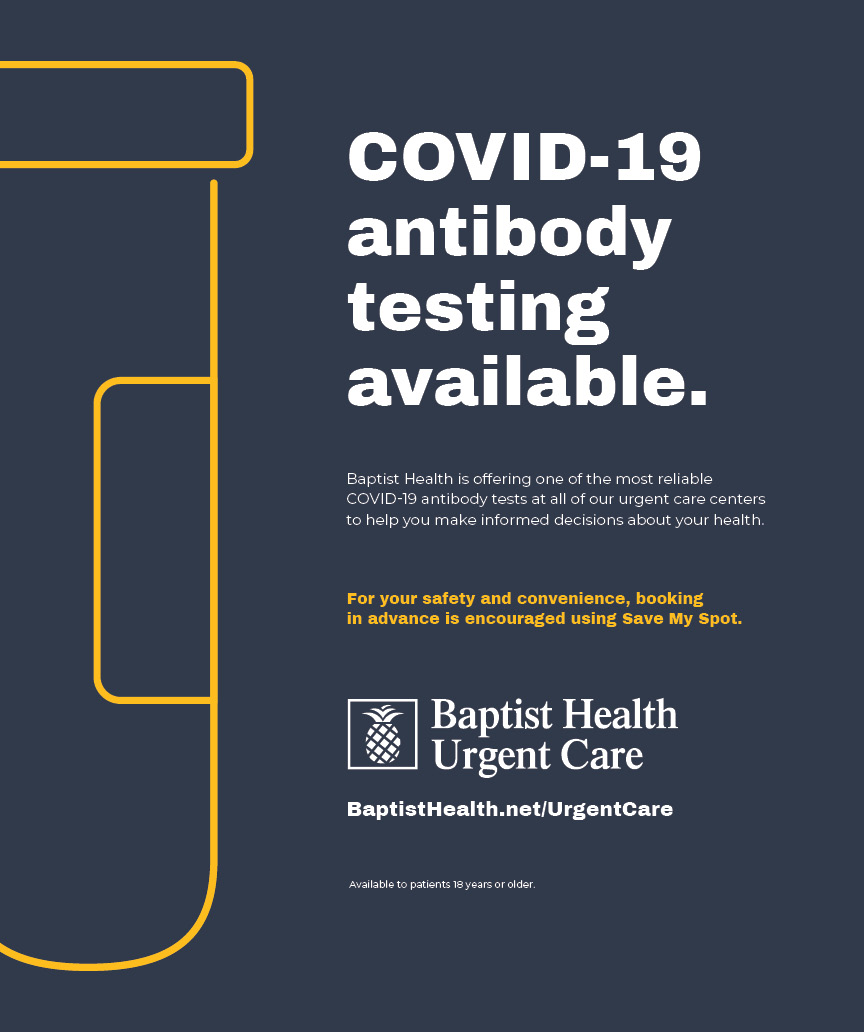

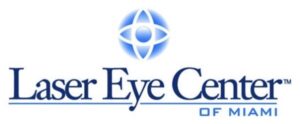 Laser Eye Center of Miami
Laser Eye Center of Miami
 Visiting Angels
Visiting Angels
 OpusCare of South Florida
OpusCare of South Florida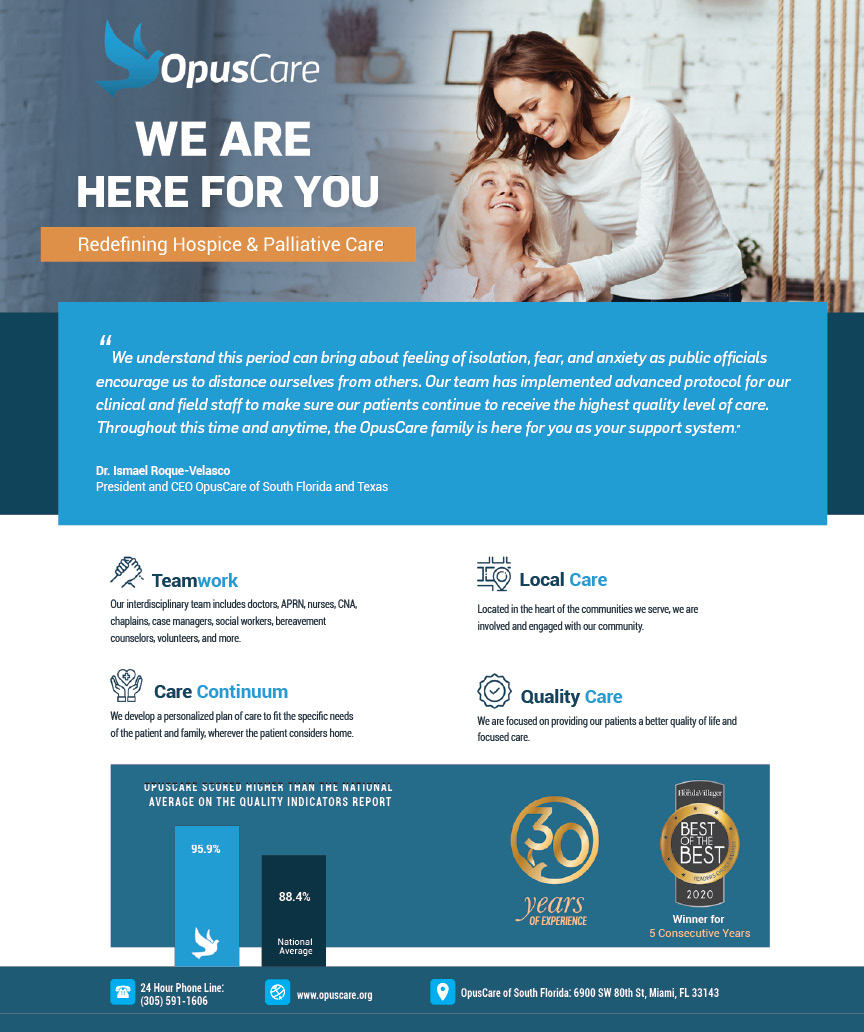

 Your Pet’s Best
Your Pet’s Best





 HD Tree Services
HD Tree Services
 Hamilton Fox & Company
Hamilton Fox & Company


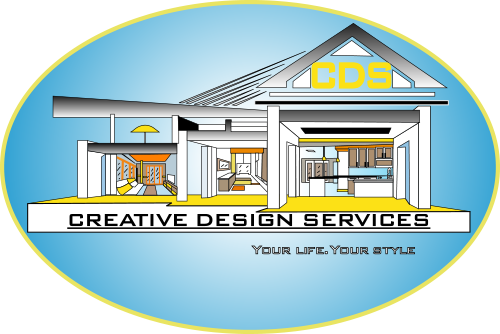 Creative Design Services
Creative Design Services